Rare Rides: The DKW Wagon From 1962 - History Time (Part I)

A little grey wagon popped up on my radar the other day, presenting the perfect opportunity to write about DKW, Audi, and Auto Union for the first time. Those familiar rings on the hood are paired with the DKW shield and an Auto Union badge, but eventually all would separate. A few short years after this wagon was produced, the Audi rings stood alone for the first time in many decades.
This is Part One of a two-part entry into the Auto Union world of DKW and Audi.
The history of the Audi brand is complex and extensive, so we’ll shorten it for the purposes of this piece. Engineer August Horch founded A. Horch & Company with a few business partners at the end of the 19th century. After some infighting and a trademark lawsuit, he lost the use of his own name when he split from his former partners — and his new venture adopted the Audi name in April 1910.
Audi remained independent until August of 1928, when the owner of DKW acquired a majority of shares in Audiwerk AG. That same year, DKW purchased the production remnants of U.S. auto manufacturer Rickenbacker. 1932 saw the merger of DKW, Horch, Audi, and Wanderer to form the Auto Union — the four rings. Both Audi and DKW offered new models under the Auto Union arrangement, while the Horch and Wanderer names were phased out. Wanderer disappeared after 1941 for civilian vehicles, and produced military ones through 1945. Horch, a producer of 8- and 12-cylinder luxury cars produced its last models in 1940 (above), the straight-eight 851 and 951.
Auto Union eventually wound down the luxurious models offered by the Audi brand, concentrating instead on the development of smaller economical models from DKW. In 1938, DKW held nearly 18 percent of the German domestic market; Audi had 0.1 percent. After a short model run in 1939, the Audi name vanished from new cars until 1965.
After World War II, Auto Union fell under full control of Daimler-Benz in 1959. Shortly after that, the company realized the luxury models Mercedes-Benz produced shared little with the dated offerings of Auto Union. Seeing the lack of profits, Daimler-Benz put Auto Union up for sale.
That same time, Auto Union had just completed Daimler-funded construction of a brand new factory and development of a modern four-stroke engine. That engine would not have been possible without Daimler-Benz engineer Ludwig Kraus, who was named technical director over all Auto Union products in the early 1960s. Kraus made a name for himself at Mercedes from a young age, helping engineer the W154 and W196 Silver Arrow race cars.
Another German manufacturer had its eye on the classified ad for Auto Union, and that manufacturer was Volkswagen. It purchased Auto Union in 1964 after finding itself flush with cash from selling every country in the world the Beetle. Key engineer Mr. Kraus came along for the ride. The DKW name was no more, as Audi took over branding on all new vehicles.
The grey wagon we have here is an example of a very brief period in history: A DKW produced after Auto Union lost its independence, but before Volkswagen ownership eradicated DKW branding altogether.
So there we have it, a little German DKW from the very end of a storied brand, right? Wrong. All will be revealed in Part II, so stay tuned.
[Images via seller, YouTube]

Interested in lots of cars and their various historical contexts. Started writing articles for TTAC in late 2016, when my first posts were QOTDs. From there I started a few new series like Rare Rides, Buy/Drive/Burn, Abandoned History, and most recently Rare Rides Icons. Operating from a home base in Cincinnati, Ohio, a relative auto journalist dead zone. Many of my articles are prompted by something I'll see on social media that sparks my interest and causes me to research. Finding articles and information from the early days of the internet and beyond that covers the little details lost to time: trim packages, color and wheel choices, interior fabrics. Beyond those, I'm fascinated by automotive industry experiments, both failures and successes. Lately I've taken an interest in AI, and generating "what if" type images for car models long dead. Reincarnating a modern Toyota Paseo, Lincoln Mark IX, or Isuzu Trooper through a text prompt is fun. Fun to post them on Twitter too, and watch people overreact. To that end, the social media I use most is Twitter, @CoreyLewis86. I also contribute pieces for Forbes Wheels and Forbes Home.
More by Corey Lewis
Latest Car Reviews
Read moreLatest Product Reviews
Read moreRecent Comments
- Kwik_Shift_Pro4X What's worse than a Malibu?
- MaintenanceCosts The current Malibu is poorly packaged; there's far more room inside a Camry or Accord, even though the exterior footprint is similar. It doesn't have any standout attributes to balance out the poor packaging. I won't miss it. But it is regrettable that none of our US-based carmakers will be selling an ordinary sedan in their home market.
- Jkross22 You can tell these companies are phoning these big sedans in. Tech isn't luxury. Hard to figure out isn't luxury.This looks terrible, there are a lot of screens, there's a lot to get used to and it's not that powerful. BMW gave up on this car along time ago. The nesting doll approach used to work when all of their cars were phenomenal. It doesn't work when there's nothing to aspire to with this brand, which is where they are today. Just had seen an A8 - prior generation before the current. What a sharp looking car. I didn't like how they drove, but they were beautifully designed. The current LS is a dog. The new A8 is ok, but the interior is a disaster, the Mercedes is peak gaudy and arguably Genesis gets closest to what these all should be, although it's no looker either.
- Ajla My only experience with this final version of the Malibu was a lady in her 70s literally crying to me about having one as a loaner while her Equinox got its engine replaced under warranty. The problem was that she could not comfortably get in and out of it.
- CoastieLenn Back around 2009-2010, a friend of mine had a manual xB and we installed a Blitz supercharger kit. Was a really fun little unit after that.
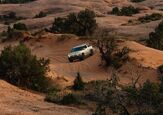
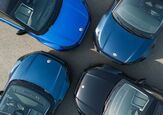
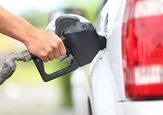



















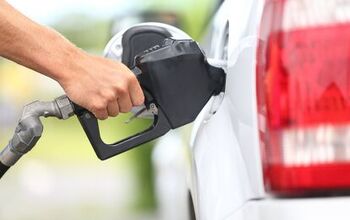
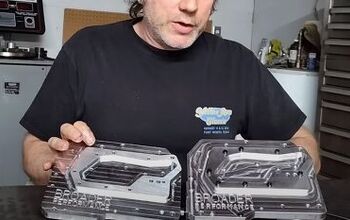
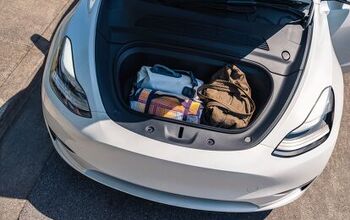
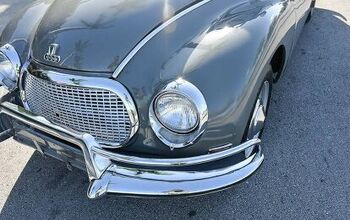
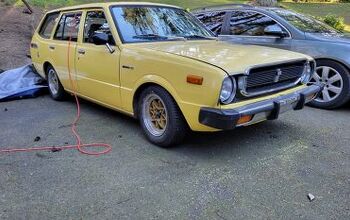

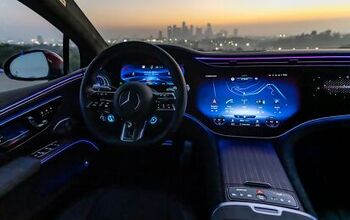
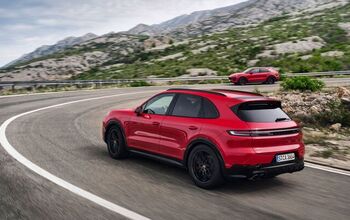

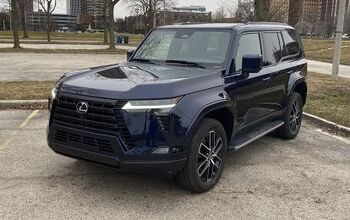








Comments
Join the conversation
There's a trip down memory lane. An uncle and aunt that lived in Kassel (Northern Germany) drove nothing but DKW's after the war, until they morphed into Audi's. The big draw was the FWD, since their house was on a hilltop a few miles out of town. Uncle Gerhardt drove a 3=6 wagon, and Aunt Sophie had a 1000s hardtop coupe, then a F102 2 Dr. Funny sounding little cars that left a vapor trail wherever they went... but they got the job done. Their first Audi was a '67 Super 90, which much have seemed like a rocket ship compared to the little 3-poppers. Some of you may recognize an offshoot of the DKW. They had a plant in Zwickau (East Germany), that the East Germans took over after the war. Redesigned the body and viola!... the Trabant was born.
What a charming car. When is the last time the Germans made a charming car?